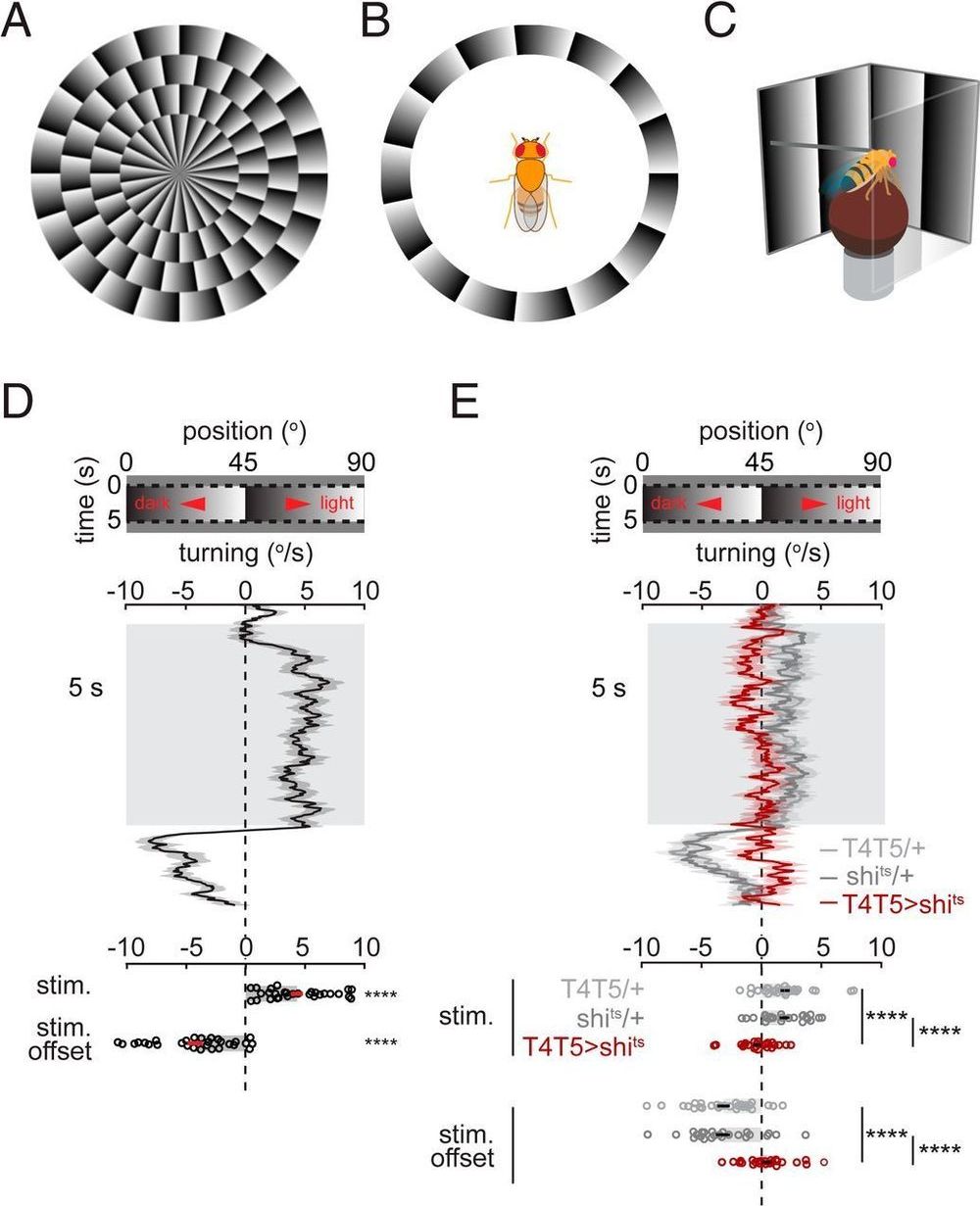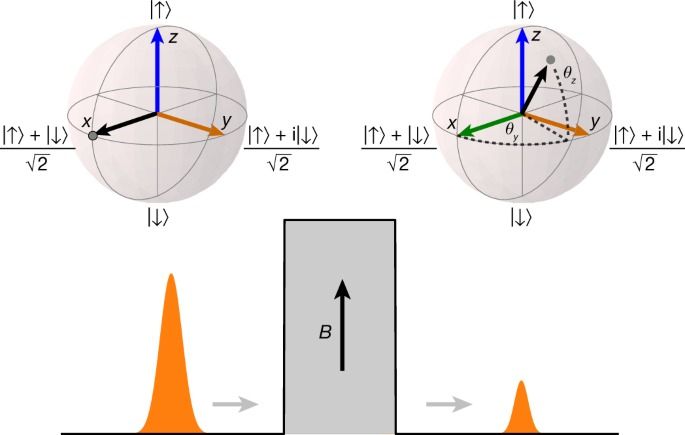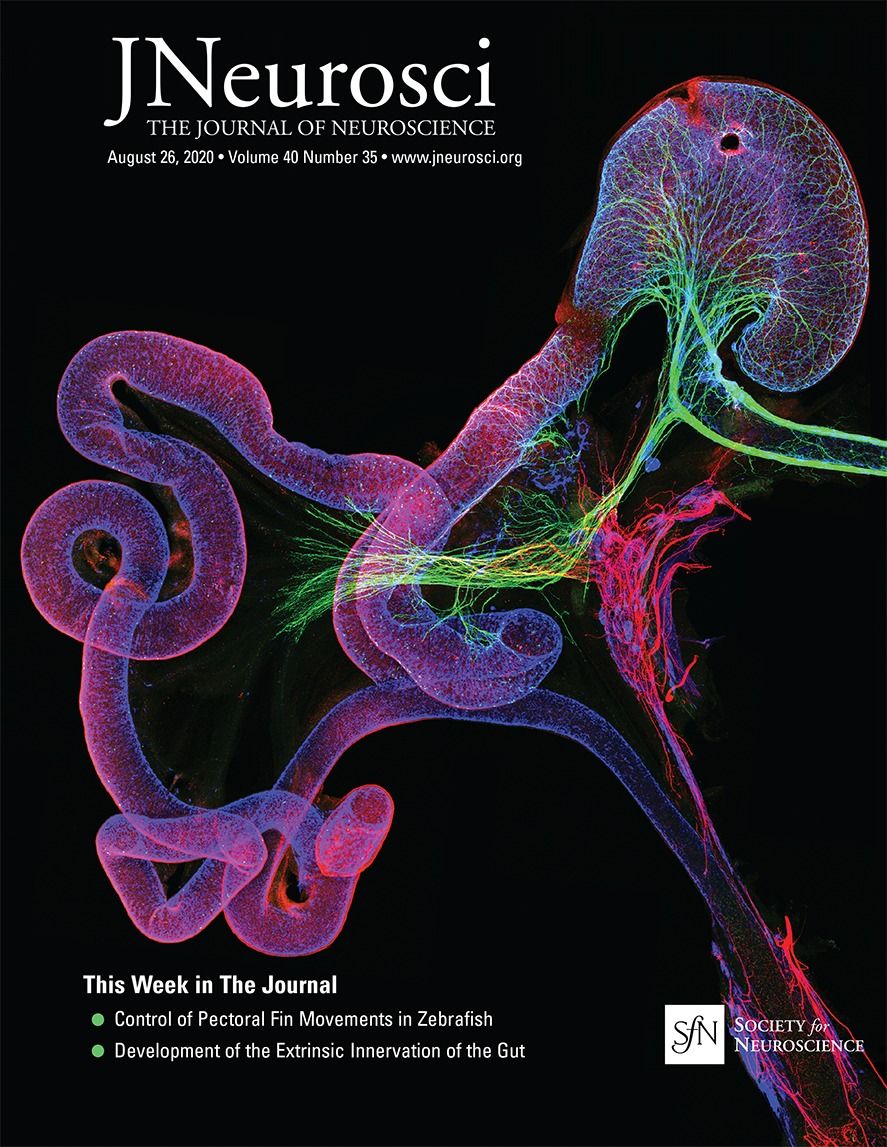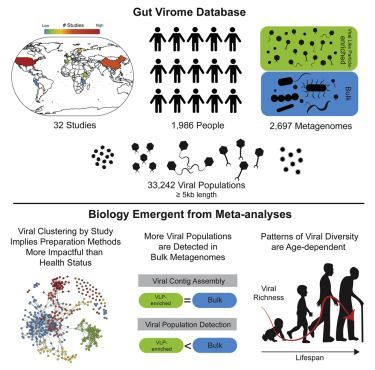
Most of the time, visual circuitry in our brains faithfully reports visual scenes. Sometimes, however, it can report motion in images that are in fact stationary, leading us to perceive illusory motion. In this study, we establish that fruit flies, too, perceive motion in the stationary images that evoke illusory motion in humans. Our results demonstrate how this motion illusion in flies is an artifact of the brain’s strategies for efficiently processing motion in natural scenes. Perceptual tests in humans suggest that our brains may employ similar mechanisms for this illusion. This study shows how illusions can provide insight into visual processing mechanisms and principles across phyla.
Visual motion detection is one of the most important computations performed by visual circuits. Yet, we perceive vivid illusory motion in stationary, periodic luminance gradients that contain no true motion. This illusion is shared by diverse vertebrate species, but theories proposed to explain this illusion have remained difficult to test. Here, we demonstrate that in the fruit fly Drosophila, the illusory motion percept is generated by unbalanced contributions of direction-selective neurons’ responses to stationary edges. First, we found that flies, like humans, perceive sustained motion in the stationary gradients. The percept was abolished when the elementary motion detector neurons T4 and T5 were silenced. In vivo calcium imaging revealed that T4 and T5 neurons encode the location and polarity of stationary edges.




 As the coronavirus spreads around the world, the urgency of being able to scale up a vaccine is even more critical.
As the coronavirus spreads around the world, the urgency of being able to scale up a vaccine is even more critical.












